Numerology with Pythagoras
When looking for the origins of the theological study of mathematics within the Greek philosophical tradition we must of course start with Pythagoras (c. 570 – 490 BCE), whose strong connection to this field of study survives even to this day with his continued association with the Pythagorean theorem for example.
But much of the philosophical and mystical aspects of the Pythagorean school are somewhat lost by modern academics and scholars who look for a specific documented philosophical position to attribute to him and/or his followers. If he wrote anything it doesn’t survive, and although he is frequently mentioned in the writings of Aristotle and Plato he’s not given much credit for any particular philosophical position or cosmology, outside of the attribution of mathematics, and numbers specifically, as a window into the cosmic world order, a mathematical world order that governed not only earthly activities and the disposition and behavior of man, but also the behavior and functioning of the celestial and heavenly world order – again following the presupposition that in man could be found the mirror of the cosmos at large.
Philosophy to the Greeks not only helped them understand the cosmos, creation and destruction of the universe and the essence of the natural world, but also the harmony within which we as individuals should lead our lives, and in turn – as described by subsequent philosophers such as Plato and Aristotle and others – how the pursuit of excellence and harmonious virtue in our own individual lives corresponded to and aligned with a greater social good within which society as a whole could be organized.
In order to find this source of this “closed” view of the West, this almost obsession to break things apart and drill further and further into the constituent components of a thing until once can literally go no further, one needs to reach back to the beginning of development of thought, and language, in the West. To the ancient Greeks who laid down the intellectual foundations – linguistic, metaphysical and otherwise – that we have inherited in the West through language and culture down through the ages.
One can look at the beginning of this “bound” and “closed” systemic view of the world as having its roots in Pythagorean philosophy, a philosophy that as we understand it rested on the harmony and eternal co-existence of numbers and their relationship to each other, forming the underlying ground of all existence. It is from the Pythagorean tradition as we understand it, that Plato’s fascination with Geometry – as reflected most readily in perhaps his most lasting and influential dialogues the Timaeus – was founded.[1]
The problem with trying to truly understand the philosophy of Pythagoras is that the literature regarding who he was and what he believed and taught only survives from (direct) sources that wrote some five or six centuries after his death at least – with the Neo-Platonists Iamblichus (c. 245 – 325 CE) and Porphyry (234 – c. 305 CE) as well as the historian Diogenes Laertius (c. 200-250 CE) being perhaps the best full accounts of his life that still extant although we do have several contemporaneous references to him beyond just Plato and Aristotle such as Herodotus (c. 484 – 425 BCE) for example, speaking to how well known he was in his time.
What we do know is that before he settled to teach in Italy to teach he traveled widely and spent a good deal of time in Egypt, being initiated into one the priestly sects there, and most likely spent time studying in the Near East as well given his school’s deep associations with ritual, dietary restrictions, and reincarnation. What is clear however is that for Pythagoras and his followers, numbers and their relationships – i.e. Geometry – was a sacred Science which facilitated knowledge of human as well as celestial affairs and governed the world order.
To the Pythagoreans, each of the numbers from 1 to 10 had specific and significant esoteric and metaphysical meanings above and beyond simple numbers that were used for calculation. The One, or the Monad, represented the indivisible source of all things, unity and perfection. Two, or the Dyad, represented opposition or inequality and was the first element in the creative process of the universe from the Monad.
The Triad, or the number three, represented wholeness and knowledge, the powers of prophecy and fate, and was reflected in the tripartite Soul[2]. The Tetrad, of the number four, represented completion and was reflected in the four elements and the four seasons as well as the four mathematical Sciences of arithmetic, music, Geometry and Astronomy.
This number four, or the first four numbers in fact, came to be representative of the Pythagorean cosmic order and was reflected in their most sacred symbol the tetractys, a triangular figure that consists of 10 points, with a base of 4, then 3, then 2, then 1 points, synthesizing their numerological philosophy and coming to be representative of their philosophy as a whole in antiquity.
Probably the best source of the content of Pythagorean philosophy outside of Plutarch, Diogenes Laertius and Porphyry who all write some 6 or 8 centuries after Pythagoras lives and after the tradition surrounding him takes on somewhat mythical status, is Aristotle who writes the following brief synopsis of Pythagoras’s philosophical principles in Metaphysics Book I as he surveys the philosophical landscape prior to laying out his own alternative metaphysical framework:
Contemporaneously with these philosophers and before them, the so-called Pythagoreans, who were the first to take up Mathematics, not only advanced this study, but also having been brought up in it they thought its principles were the principles of all things. Since of these principles numbers are by nature the first, and in numbers they seemed to see many resemblances to the things that exist and come into being-more than in fire and earth and water (such and such a modification of numbers being justice, another being soul and reason, another being opportunity-and similarly almost all other things being numerically expressible); since, again, they saw that the modifications and the ratios of the musical scales were expressible in numbers;-since, then, all other things seemed in their whole nature to be modeled on numbers, and numbers seemed to be the first things in the whole of nature, they supposed the elements of numbers to be the elements of all things, and the whole heaven to be a musical scale and a number. And all the properties of numbers and scales which they could show to agree with the attributes and parts and the whole arrangement of the heavens, they collected and fitted into their scheme; and if there was a gap anywhere, they readily made additions so as to make their whole theory coherent. E.g. as the number 10 is thought to be perfect and to comprise the whole nature of numbers, they say that the bodies which move through the heavens are ten, but as the visible bodies are only nine, to meet this they invent a tenth–the ‘counter-earth’. We have discussed these matters more exactly elsewhere.[3]
The legacy of Pythagoras then is sacred geometry, the notion that basic mathematical principles were a reflection of the divine and by contemplating them one could come to know, have knowledge of, the Monad, the source of all things. From this association we are left with not just the Pythagorean theorem whose discovery is ascribed to him[4], but also the sacred symbol tetractys which sums up his esoteric philosophy in symbolic form.
While there is reason to believe that Pythagorean philosophy may have been more an amalgamation and synthesis of Egyptian, Babylonian, Chaldean and Magian (Persian) elements rather than a new and unique philosophical system per se, what can be said about Pythagoras is that he is absolutely instrumental in introducing philosophy as a practice in and of itself to the Greek populace in general, with words such as kosmos and philosophia first use being attributed to him as well.
Pythagoras (c. 570 – c. 495 BCE), or Pythagoras of Samos as he is sometimes referred to as, was born at the beginning of the 6th century BCE reportedly on the island of Samos in the Aegean Sea. While we don’t have any of his writings directly he was widely regarded as one of the most influential Ionian philosophers in antiquity and his views and beliefs greatly influenced the later philosophical schools of Plato and Aristotle among others. He is believed to have travelled widely throughout the Mediterranean in his youth, studying with the Egyptians, the Chaldeans and Magi, and even the Hebrews according to later biographers and interpreters of his school.
The Pythagorean school was known primarily for their obsession with, their identification with a complex and yet straightforward geometric symbol known as the Tetractys – an equilateral triangle. The Tetractys represented the core tenet of Pythagorean thought as understood by outsiders and later philosophical schools which either criticized and/or adopted some of its core principles, Plato being the prime example. The symbol, no matter how it is interpreted, represents the harmony of numerical order and relationships, and of course the underlying symmetry and Geometry of the equilateral triangle, as reflected in the universe as a whole, the underlying symmetry and harmony of musical theory, and the underlying (or overarching depending upon your perspective) principle that sheds light on the comprehension of the universal order and in turn mankind’s place within it.
The Tetractys symbol is a perfect triangle of sorts that is classically viewed as a base of 4 equidistant points, on top of which a layer of three, then two and then at the top 1 point rested, altogether creating a perfect equilateral triangle with a base of 4 and a total of 10 total points in the system.

While there are a variety of ways to interpret the meaning of this geometric structure and how the Pythagoreans themselves understood it (no works from Pythagoras or his direct followers are extant), most later philosophers imposed a metaphysical transliteration of this geometric structure, applying some Neo-Platonic (actually Middle Platonic which integrated both Pythagorean/Italian philosophical elements with Peripatetic – Aristotelian concepts) principles onto the system, and looked at it as representing the cosmological world order.
At a very basic level of interpretation we have the top point of the triangle as the Monad, or the grand unifying principle from which the entire cosmos emanates, the next layer representing the Dyad or the grand opposing forces of nature within which the natural world comes into being, the third layer represents the great Triad of principles which culminates in later Hellenic philosophical development as the One, the Intellect and the Soul, and then at the base the Tetrad, or foundation of the world as represented by the four basic elements that the ancient Greek believed underpinned the entire physical world – earth, air, water and fire.
This geometric figure, along with the numerical and arithmological attributes associated with it, represented the finest layer of abstraction, the best explanation, of the underlying structure and order of the universe. The cosmos seen as having a beginning from the vast void comes forth, explained in the Judaic mythological tradition as “the spirit moving against the waters”, where the the One begets Two, and the Two beget Three the great Triad, and the Three rests on the foundation of the Tetrad (Four).
We can see this type of worldview all throughout the Mediterranean in antiquity in all the great schools of thought be they primarily philosophical or again theological. The foundational basis of the cosmos and its relationship to number and Geometry was no doubt adopted by Plato from the Pythagoreans – “Let no one ignorant of Geometry enter here” was said was to be inscribed on the Academy at its entrance. While Plato’s philosophical system was broad and far reaching as reflected in his dialogues, it is in the Timaeus where we find his cosmological world view put forth and Geometry, and the tetrahedron specifically, came to represent one of the core foundational building blocks of the known universe.[6]
[1] For a more detailed look at Pythagorean philosophy please see https://snowconesdiaries.com/2014/08/23/pythagorean-theology-truth-in-numbers/.
[2] The analogy to the Triad is sometimes given to the tripod which upheld the bowls that were stared into by Delphic priests before delivering their prophecy or advice.
[3] Aristotle, Metaphysics; Book I, Chapter 5. Translation by W.D. Ross. From http://classics.mit.edu/Aristotle/metaphysics.1.i.html.
[4] Its fairly well established that the Pythagorean Theorem itself was in all likelihood not discovered by Pythagoras, as there is evidence of the knowledge of this theorem by the Babylonians some thousand years earlier. See http://aleph0.clarku.edu/~djoyce/mathhist/plimpnote.html for an overview of the Plimpton 322 mathematical tablet which is dated in the first half of the second millennium BCE in Old Babylonian script which shows strong evidence of knowledge of Pythagorean triples, i.e. where a, b and c in the Pythagorean Theorem are all positive integers.
[5] Source: http://arpitapal.com/2016/02/03/Tetractys-or-ten-in-math-and-in-laungage/
[6] See https://en.m.wikipedia.org/wiki/Tetrahedron, a geometric shape which fascinated Pythagoras (hence his association with triangles even to this day), which was one of, if not the core foundational geometrical building block in Plato’s cosmological world order which he describes in painstaking detail in the Timaeus. See also https://en.m.wikipedia.org/wiki/Platonic_solid. For a detailed look at the Geometry underlying the Timaeus, please see https://snowconesdiaries.com/2014/08/27/sacred-Geometry-in-platos-timaeus/.

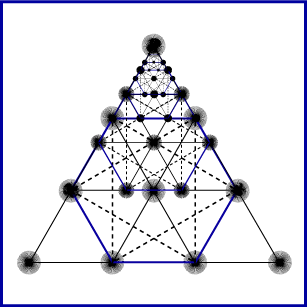
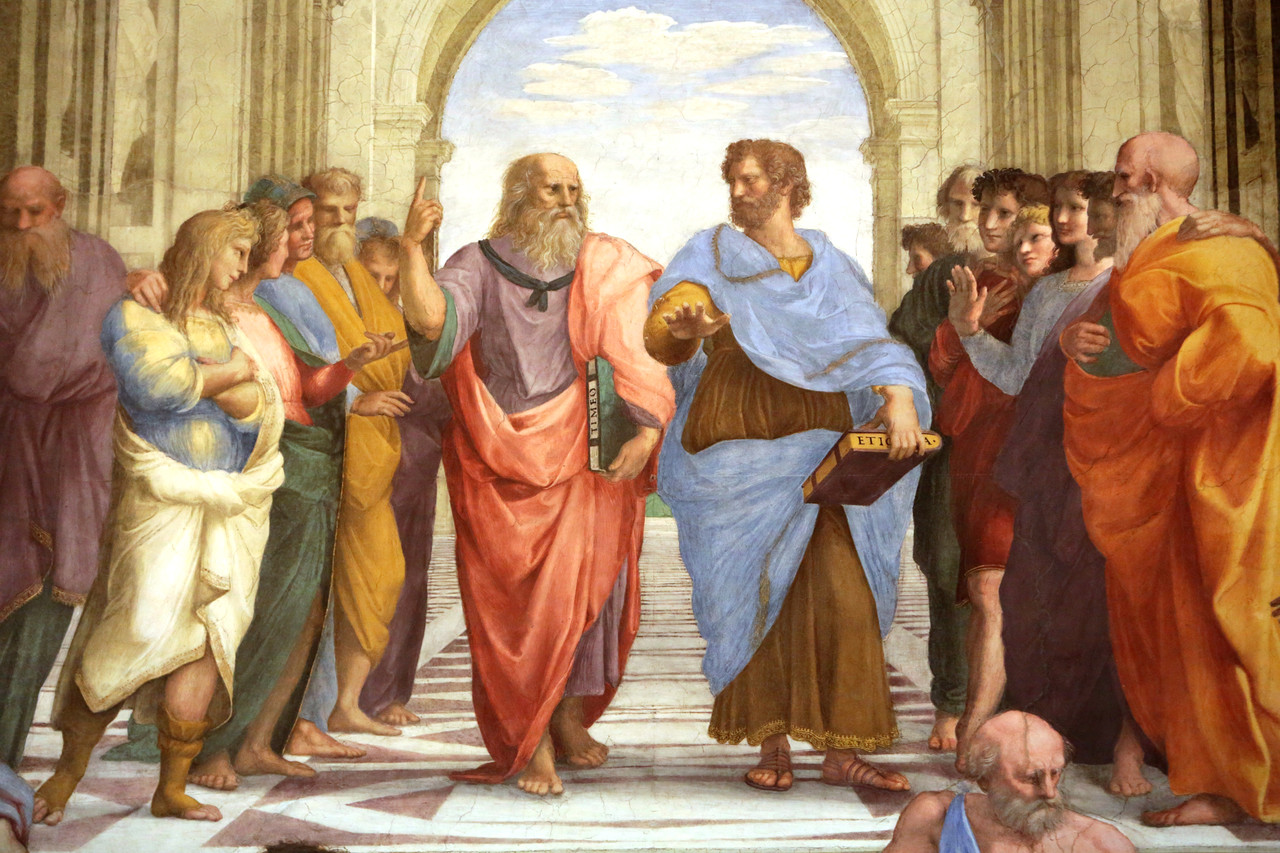
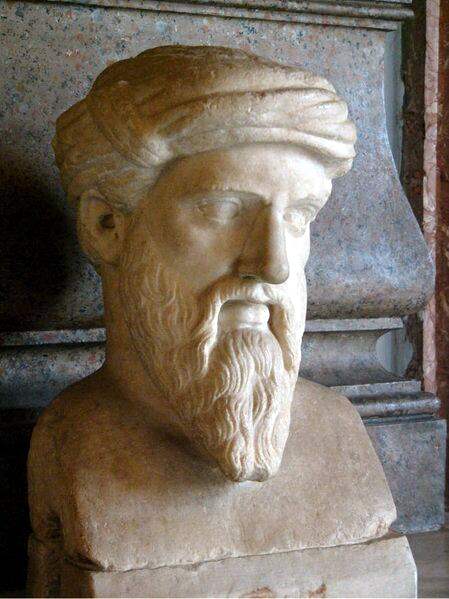
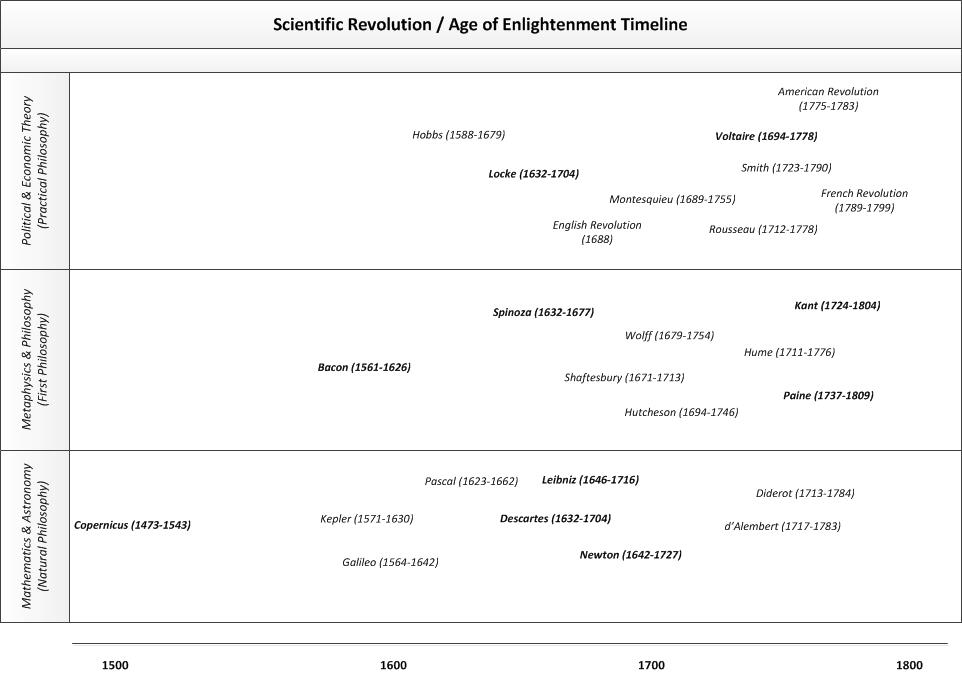


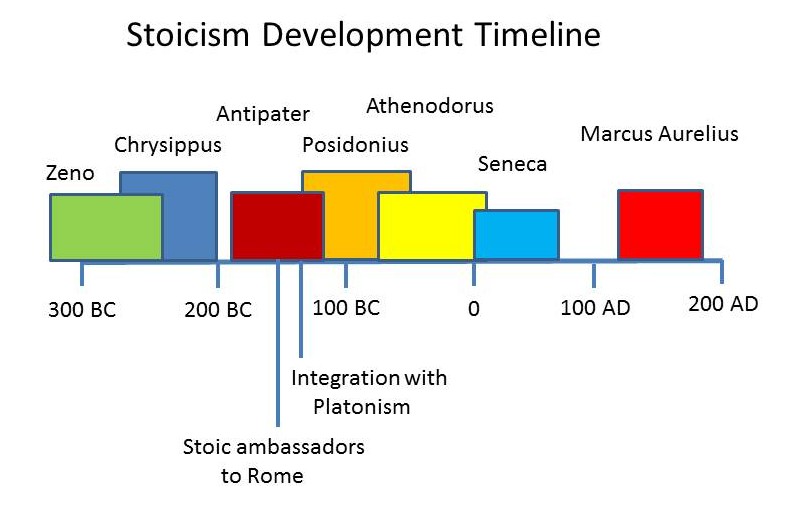
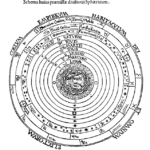

Reblogged this on Die Goldene Landschaft.